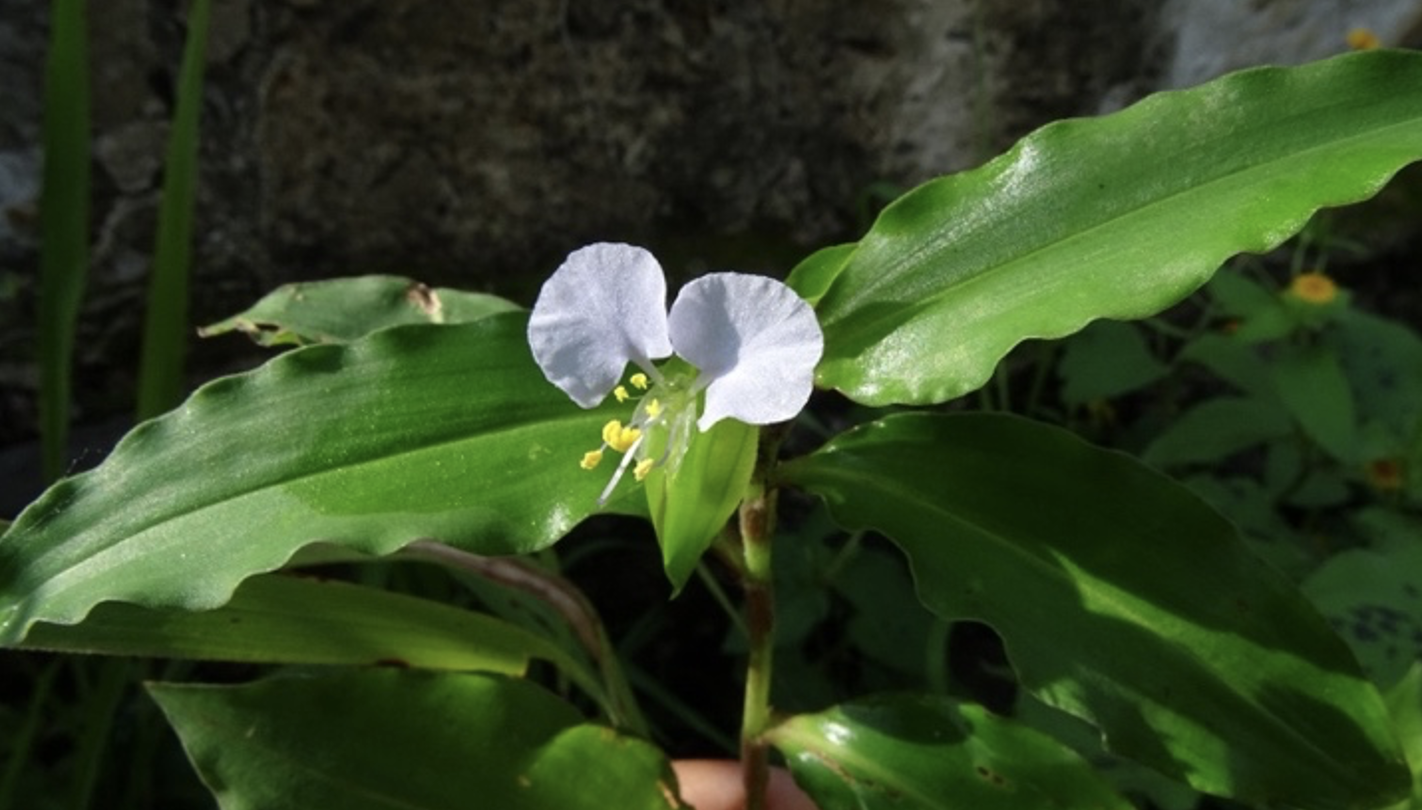Tech breakthrough could bring closure for families of Mexico’s missing
Miguel Moctezuma, from the Global Security Program at the Blavatnik School of Government, explains how studying life has helped to better understand death.

Since the ‘war on drugs’ was declared in 2007, disappearances related to drug cartel violence are one of the most critical issues in Mexico. There are currently 114,000 individuals reported missing – enough to fill the stand in Wembley Stadium and the grass pitch too. The impact on their families is enormous. We saw an opportunity to use technology to help them find closure with our FOUND project.
The approach we are using has the potential to improve search protocols for unmarked graves worldwide. While our methodology is effective in finding and analysing search areas using satellite imagery, the integration of drones, sensors, and multispectral cameras has allowed us to establish an evidence-based, cost-effective, and replicable approach. We have already successfully located unmarked graves in Mexico, and we have now developed the first protocol in partnership with a local government.
We study life to understand death
Just as poppies bloomed on the battlefields, clues in nature are an important tool to find victims. At FOUND, we employ a multi-layer approach, which has already been proven effective in the Northwest region of Baja California. It includes point pattern analysis, machine-learning, and multispectral analysis, which involves detecting high levels of nitrogen in the soil. On average, adult bodies contain approximately 2.6 kilograms of nitrogen. This nitrogen enrichment affects the soil, leading to greener plant leaves. While the changes cannot be seen by the human eye, they can be detected by multispectral cameras, deployed on drones.
By means of an imaging technique previously used on plantations where agave, the plant used to make tequila, is farmed, it is possible to pinpoint excavated areas that could mark the presence of unmarked graves. Simultaneously, we leverage a dataset with coordinates from previously discovered graves. Using machine-learning, we can pinpoint spatial patterns linked to potential grave locations. Subsequently, we narrow down the search area by identifying areas characterised by high accessibility but low visibility. It is in these spaces that we deploy drones. The drones also have sensors to detect changes in the terrain caused by processes associated with decomposition.
Testing our approach in Jalisco, Mexico, with techniques previously used by parents
Through this collaboration between CentroGeo, the Jalisco Commission for the Search of Missing Persons, Bitelemetric, the University of Guadalajara, and the Polytechnic University of the Metropolitan Zone of Guadalajara, we have established two operational spaces, with two more underway, dedicated to controlled testing environments. These fields serve as training grounds for authorities and researchers to test our approach. In these spaces, we recreate the conditions of unmarked graves using pigs donated by an allied company that have died of natural causes.
Some strategies used in this project were initially observed, experienced, reproduced, and shared by mothers manually searching for their missing sons. With hope and conviction to find their loved ones, these women learned to interpret the terrain, plants, smells, and even insects. They discovered that certain plants grow and bloom before others: they found them in the flowers.
The project aims to extract insights from these experiences and use them to make our analysis more accurate. In the upcoming months, we plan to conduct additional meetings with parents from across the country. Groups of searching mothers now commonly refer to FOUND as ‘intelligent searching’.
Telling the story so we can take this project to scale
We have recently inaugurated a museum that compiles all the experiences gained throughout the project. Additionally, we are in the process of editing a book that will serve as a valuable resource, allowing search groups, authorities, and researchers to learn and apply our approach.
In November, at the Jalisco Commission for the Search of Missing Persons we inaugurated the museum named “Interpreting Nature to Find Those We Are Missing”. It showcases the analysis results and reflects the progress of our project. The museum is designed for collectives, research centres, and institutional actors. At the inauguration, Víctor Hugo Ávila Barrientos and Tunuari Chavez of the Jalisco Search Commission commenced their speech with the following words: “this is about using nature to get the clues”.
The book will feature a compilation and explanation of the techniques and technologies employed for the analysis. Although it will include a technical component, the information will be accessible and serve as a valuable tool for both researchers and non-specialised authorities and search groups. It will be published in September 2024.
What next for this project?
We aim to enhance our approach through the implementation, documentation, and dissemination of our drone-based approach. We aspire to streamline the adoption of this methodology by governments, turning it into a means to strengthen the rule of law. Throughout this process, our primary objective is to collaborate with families in locating their missing loved ones and, ultimately, contribute to providing some form of closure.
We call it FOUND because that’s what this project is all about: parents finding the children they have lost.
For more information, you can read this article about FOUND in Reuters, this one in CGTN America, or contact Miguel Moctezuma, Global Security Programme, University of Oxford or Jorge Ruiz Reyes, Crisis Evidence Lab, Amnesty International.
